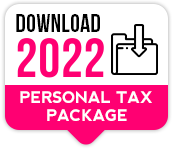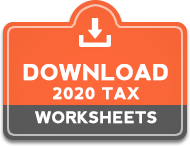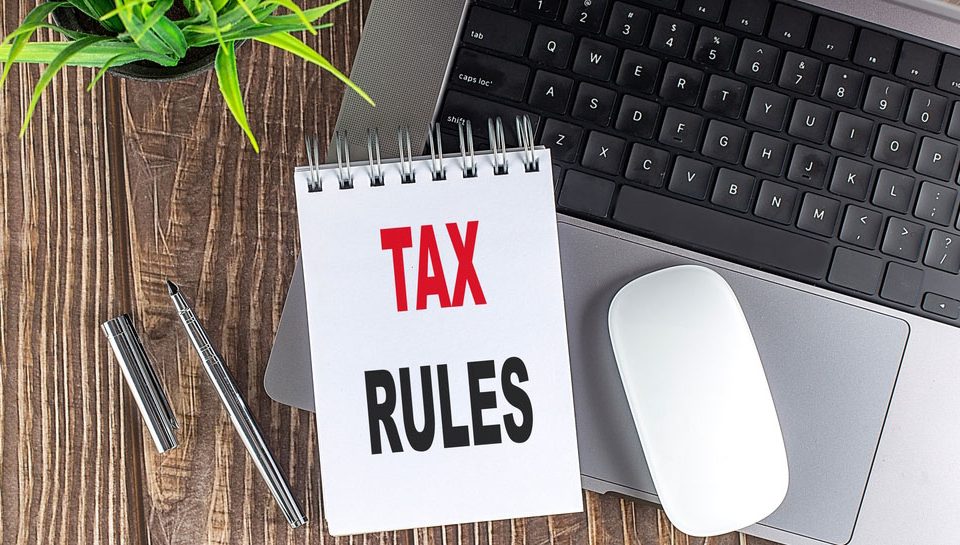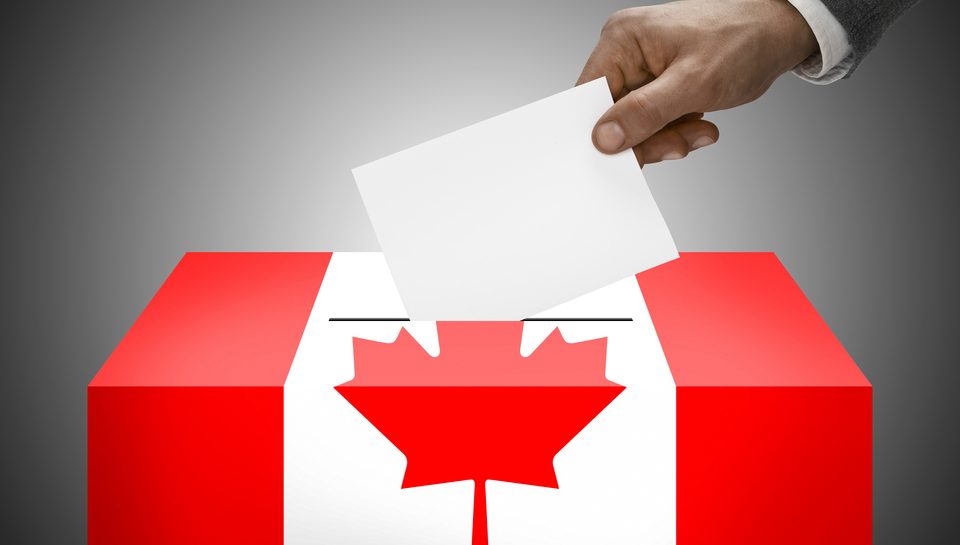
Restructuring: 7 tips for restoring business profitability
November 17, 2022
Six tips to cut your spending, bust your debt and increase your money in 2023
January 19, 2023Officials say the agency has already discovered about 25,000 cases of fraudulent payments tied to identity theft, ‘a scale we haven’t seen in the past’
OTTAWA – CRA is clawing back $3.2 billion in COVID-19 financial aid benefit overpayments, a staggering number that’s just the beginning of the agency’s monumental task of recouping billions in excessive or fraudulent payments through hastily designed emergency programs.
In a wide-ranging interview with National Post Tuesday, two top Canada Revenue Agency (CRA) officials, Frank Vermaeten and Marc Lemieux, said the organization has sent out 825,000 debt notes (or “notices of redetermination”) to Canadians it suspects received ineligible or excess payments from any number of the COVID-19 programs for individuals as of Nov. 18.
But that number will only grow as CRA investigators look over millions of applications for half a dozen COVID-19 programs until at least 2025.
They also revealed the agency has already discovered about 25,000 cases of fraudulent payments tied to identity theft, “a scale we haven’t seen in the past.”
Vermaeten was the assistant commissioner heading CRA’s Assessment, Benefit and Service branch until recently, and Marc Lemieux is assistant commissioner for the agency’s Collections and Verification branch.
In other words, the former oversaw the teams setting up the COVID-19 financial aid programs and the latter’s branch is now to tasked with verifying suspect claims and recovering all the overpayments.
The interview occurred as the last COVID-19 aid programs wrap up while final payments go out the door and the agency prepares to open applications to new Liberal dental and rental support payments using a similar system.
It also happened one week before the auditor general is set to release her investigation into the government’s handling of a half-dozen pandemic programs.
Vermaeten and Lemieux admit with hindsight that the agency made some mistakes early on in 2020 while designing and delivering programs like the $2,000-per-month Canada Emergency Response Benefit (CERB), which was “attestation based” meaning it relied on the taxpayer’s good-faith claim and little proof.
Lemieux said a lot of claw backs stem from “confusion” of people struggling to understand eligibility criteria as the government progressively launched new programs or replaced some with newer, more limited ones. Vermaeten said there was “full recognition” that some would claim despite not being eligible.
But they say agency teams did remarkable work, delivering in mere weeks enormous programs designed to quickly get money into people’s pockets that would normally have taken years to create. All that a time when Canadians and governments were just beginning to reckon with COVID-19.
“I’m not saying we were perfect, far from it,” Vermaeten said. “We learned a lot about (it) as we went along, especially as we lived through the cyber attacks and the schemes on the dark web, it was just incredible.”
“But we did our best in the situation that we were in, it was such an evolving situation. And people today forget about what it was like. When we initially got the call for the CERB, it was only supposed to be for eight weeks to get us through the pandemic.”
An attestation-based program may be great when quickly dolling out a program, but it puts CRA in the “unenviable position” of going after ineligible recipients after the fact, Parliamentary Budget Officer Yves Giroux said in a separate interview.
“They look like the bad cops,” Giroux said. “It puts even more of a burden on them and an onus on them to administer these programs responsibly from a fiscal perspective. But the design of the programs themselves makes that more difficult than it has to be.”
Giroux says the same challenge will likely occur with the imminent launch of the federal government’s interim Canada Dental Benefit and the top up of the Canada Housing Benefit, two more attestation-based programs with a quick turnaround time. But Vermaeten says those programs are more akin to the well-established Canada Child Benefit (CCB) and benefit from the lessons learned from pandemic programs.
Vermaeten said he got the first call from Finance Canada officials on March 14, 2020, telling him CRA needed to design a new program that would get $500 per week into the pockets of eligible Canadians who lost their income because of the pandemic.
“There was no doubt something radically different was needed for a situation that nobody had ever seen,” Vermaeten said. “I’d say a program like that, and this was going to be big, is like building a new Canada Child Benefit from scratch. That usually would take 18 to 24 months.”
Right away, he knew it would begin with a “minimal viable product,” or the most bare-bones of systems, that could then be built up over time. That meant a lot of the typical safeguards and checks would go out the window at first and be added later.
The result was a CERB platform that was launched in early April and got money into applicants’ bank accounts within days. But it also meant issues like having two application portals, one through CRA and one through Service Canada, that couldn’t prevent people from double-dipping.
Lemieux argued that CRA followed well-document best practices when launching an emergency program, and the auditor general generally agreed in a first report on COVID-19 programs last year. But she also found that CERB double-dipping cost the government $500 million in overpayments in mere weeks before the issue was patched.
Having two separate CERB application portals “made our job more complicated, no doubt,” Vermaeten said, but one “pro” was that it allowed for the government to split a flood of calls between CRA’s and Service Canada’s call centres.
He said CRA also learned from its communication “mistakes” when unclear wording on its website caused significant confusion about CERB income eligibility criteria for self-employed taxpayers.
Both officials said as the pandemic went on and the government launched corporate aids, like the Canada Emergency Wage Subsidy, it also started circumscribing programs to make them more limited and with additional prepayment verifications. That immediately helped curb overpayments.
Another significant issue with programs designed to get money out first and verify after is fraud. Vermaeten said he was surprised at creativity exhibited by fraudsters to constantly find new ways to rob the government COVID-19 programs, and Lemieux said his team was finding identity theft “at a scale we haven’t seen in the past.”
“Those were, you know, very generous programs with a lot of people applying so that makes it more difficult,” Lemieux said.
Identifying overpayments or fraud and sending a bill to taxpayers is one thing, but getting the money back is another. Lemieux would not say how much of the $3.2 billion, a number that will inevitably grow in coming years, he estimates CRA will recoup.
“We want to recover the money, but we don’t want to create financial hardship,” Lemieux said. “So, it’s going to be based on the capacity of each and every individual to repay.”
Post Credit: nationalpost.com







